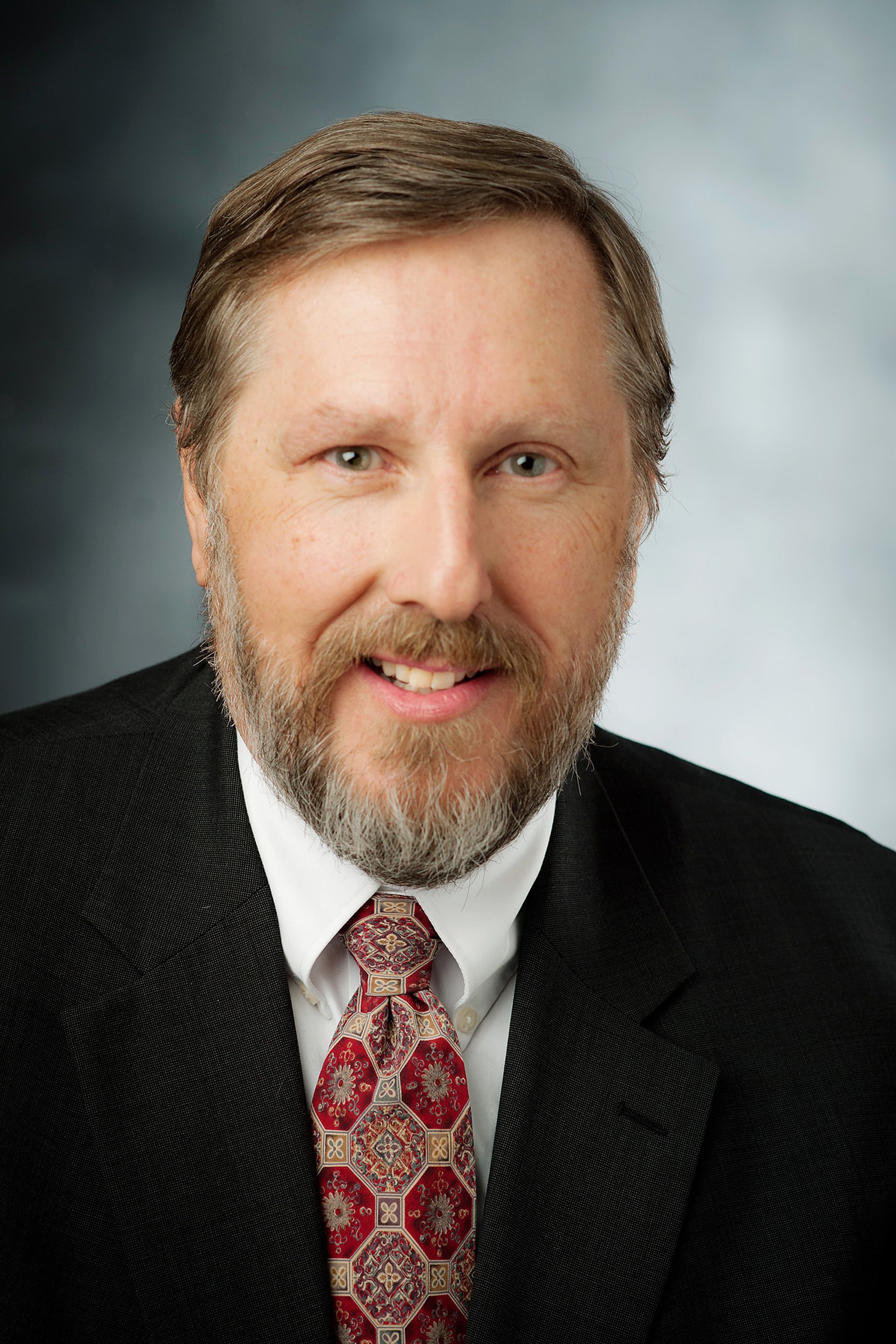
Mark Zielazinski, CTO at Marin General Hospital shares how their organization is integrating “virtual presence” in the in-hospital setting – allowing patients, providers, and caregivers to clearly communicate and improve clinical outcomes.
Telemedicine has resulted in money-saving efficiencies to hospital operations, improved patient safety, and given more people access to healthcare service among other benefits. In use for a number of years, it’s here to stay as a vital tool in patient care.
At Marin General Hospital, we have been incorporating telemedicine into our patient care operations for some time. For example, we use two way conferencing with off-site neurologists for rapid evaluations of patients with stroke symptoms; an off-site eICU as backup monitoring of our ICU patients; as a teleconference tool between patients and their families here in Marin and specialists in pediatric diabetes at UCSF; and as a way to offer two way teleconferencing translation devices to our non-English speaking patients so they are better able to clearly communicate and receive information about their care.
With the opening in 2020 of our new state-of-the-art hospital, the use of telemedicine at Marin General Hospital is going to take a giant leap forward.
Our first patients will find themselves benefitting from one of the most innovative and practical uses of telemedicine — “virtual presence,” the first use of the communications technology to the in-hospital patient experience.
Each patient room in the new hospital building will be installed with security cameras, large TV screens on the wall facing the bed, and tablet devices at each bedside. Talking to your caregiver team will be as close and easy as pressing a button on your bedside device. As a patient, you can either initiate or accept, when convenient, a routine two-way video call from your nurse, or schedule a video session from the pharmacist making sure you understand how to use your medications.
Patient falls typically rank just behind medication errors in the list of incidents causing harm in a hospital; we believe having a 24-hour security camera presence in the room will have a major impact on our fall prevention efforts, especially with patients at high risk for falling and who require the services of a sitter. The camera will not only transmit the image of each patient to a central security station but also alert staff on the unit if any unusual movement has occurred in the room or around the bed.
Virtual presence is sure to bring changes, not only to the patient experience but also to the caregiver team. Patterns and roles will likely change, duties may differ, new routines will call for new training.
At Marin General Hospital, we will be taking the time we have before we move into our new building to address these challenges. By the end of the year, we will have installed cameras and communication devices in several rooms in our current building in preparation for virtual presence to be used throughout the whole facility.
A typical question I get when describing this new use of telemedicine: will virtual presence significantly lessen human presence for our patients and actually be a negative? Surveys show that interaction with a caregiver is cited by patients as one of the highest drivers of patient satisfaction.
Admittedly we are entering a whole new world of healthcare with a virtual presence. For the near future, however, we believe that virtual presence with its frequent two-way conversations between patient and caregiver will actually increase patient satisfaction. As an example, our new hospital building will have three times the square footage of the previous patient care area but with the same number of beds. With more space to cover, caregivers may not be able to spend as much time in rooms as they previously had; virtual presence can help fill in some of the gaps.
In the more distant future, we believe virtual presence will be not just a novel use of communications technology, but rather a necessity in a world with a growing aging population and a shrinking workforce of doctors, nurses, and other healthcare professionals. In our future hospitals, we will make good use of the virtual members of the healthcare team: wireless technology that can remotely keep tabs on a patient’s condition; a virtual world of healthcare experts who can help patients stay informed; more eyes and ears keeping patients from harm.
Marin General Hospital will be one of the first hospitals in the country to adopt a virtual presence system for inpatient use. Because we are a local, independent hospital, we have been able to quickly adopt a number of innovative ideas and turn them into action. There will always be challenges and perhaps some unintended consequences, but we are extremely excited to offer our patients this new experience — having the services of a whole team of caregivers, at their fingertips, without having to leave the safety and comfort of the bed or room.
Mark Zielazinski is the Chief Information & Technology Integration Officer at Marin General Hospital in Greenbrae, California. Prior to joining Marin in 2012, Zielazinski was the Chief Information Officer at Alameda County Medical Center, where his responsibilities included information systems, telecommunications, health information management, and biomedical engineering. From 2001 to 2006, he was the Chief Information Officer at El Camino Hospital.

